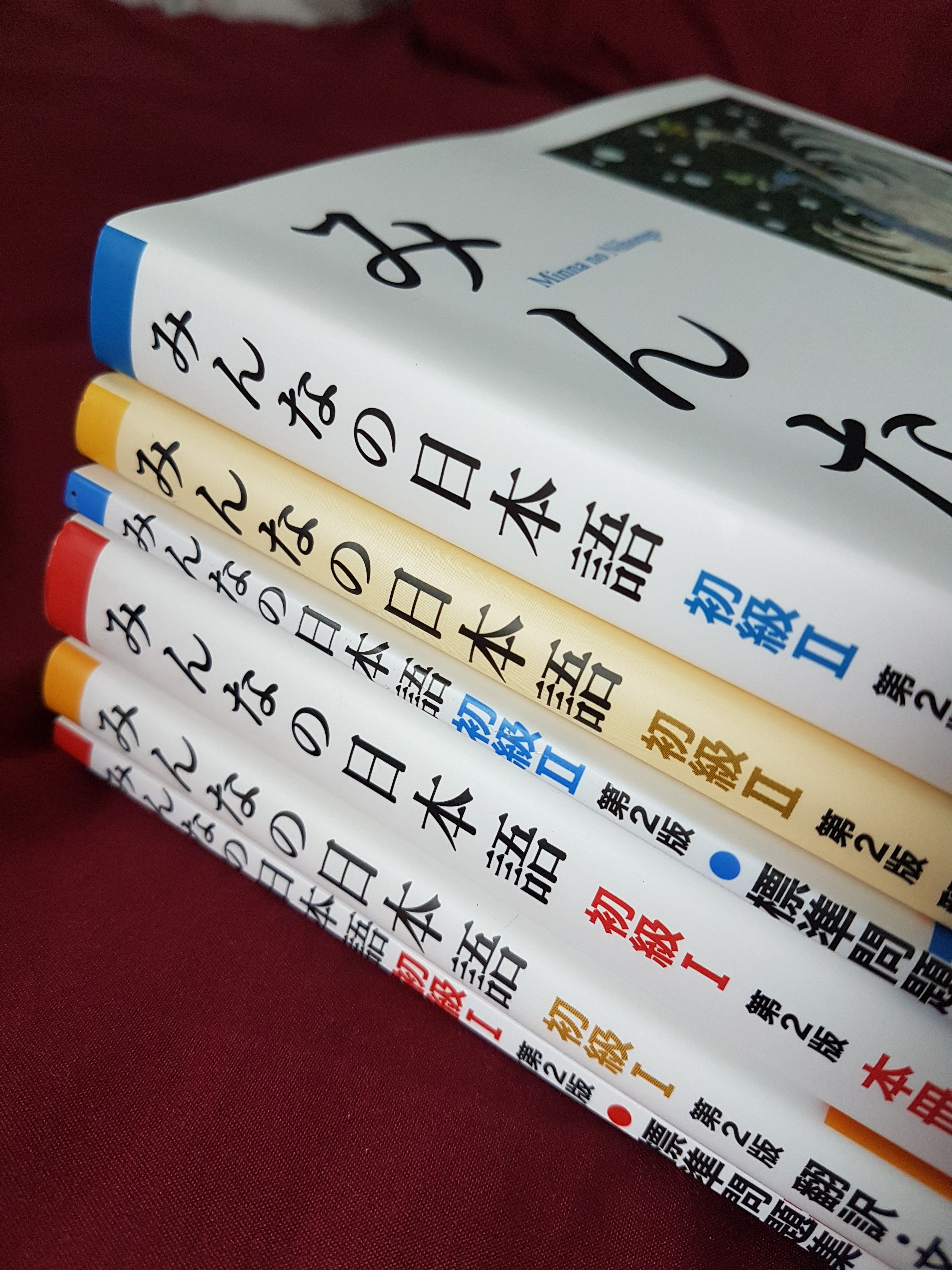

If you learn the vocab well enough (and read through the grammar section) before attempting to read the chapter, it minimizes a lot of the flipping back and forth that you have to do, and you basically end up being able to more or less read the Japanese text without needing to reference any outside aid as you’re reading, which is a cool feeling. I take physical notes on the vocab and also start running them through Anki several days before I attempt to read the lesson. This is what I’ve been doing, too, and it’s been working out really well for me. Learning the vocab first and then trying to read the lesson afterward is in fact the recommended strategy! At least, that’s what the beginning of the translation book recommends for proceeding through the text. I will take a look at Cure Dolly’s videos to see if I can study with this style of learning, I know sometimes videos can be a great way to learn but can also be a bad way, in my experience watching videos to learn English helped me a lot when I began learning it but it never worked for Spanish.Īgain thank you all it really helped a lot! I previously had a beginner level book where sentences were also written in romaji, and I hated it because my eyes focused on it and it was hindering my progress in reading, so I was mostly looking for a book where sentences would be written in Japanese and an English translation, no romaji of the sentence, at best have a furigana for the kanji, but I wouldn’t mind searching for a word or kanji I don’t know of yet.
#Minna no nihongo vs genki series#
Now back to the main topic, I’m sorry I went a bit off road here, as someone recommended I think I will study and finish the Genki series first and then move to the みんなの日本語 series, from what I’m being told みんなの日本語 is written entirely in Japanese so it might be better to study with it after first being used to Japanese grammar, at least that’s how I’m seeing it. Someone mentioned longer terms plans to study there, I didn’t wrote it in the original post but I plan on moving to Japan for studies once I would be confident in my skills, and feel like I could be able to live my daily life there without major speaking problems, I really don’t want to be stuck in a foreign country having times where I would struggle to comprehend someone or be understood by others in a daily situation, that’s why I thought of doing this once I would have passed the JLPT N3, still a fairly long way to go but I don’t want to rush it and one of my acquaintances who worked in Japan for some time told me N3 should be sufficient for those daily situations I’m referring to. Neither is a perfect source, both will get you started with stuff you need to know. It seems ridiculous, but since it’s not my main vocabulary source, I’ve just kind of moved on. I dislike that it continues to teach you verbs in -masu form as the vocabulary rather than dictionary form after teaching you about plain form, conjugating ‘te’ and ‘ta’ forms etc.

I supplemented early on with a look through the Tae Kim sections on casual forms of verbs, since I knew that was what I would see/hear a lot of in culture I was likely to consume.

Like most textbooks, it starts with polite language (which makes sense, since it’s meant for language schools in Japan, and the learners are likely to need to use this stuff quickly, and politely). I am not particularly intimidated by picking up a page that’s all in Japanese, because that’s what I’m used to looking at in the textbook (though anything I pick up is going to be more dense than the textbook) The fact that it’s harder to look up what the sentence means, for me, means that I’m more likely to think about it and work it out before I look at the answer, which usually helps things stick better. If not, I pause and read the grammar explanation for the chapter, then go back and re-read the sentences. I like that the main book is entirely in Japanese - it may not be the ‘recommended’ study path (per the textbook), but I usually learn the vocab, and then just read the lesson sentences - often I can infer what the grammar point means after I read a few sentences. I don’t have Genki, but do have みんなの日本語 - I personally don’t find the flipping back and forth to be annoying - I try to pick up the vocabulary before I read the lesson, and if I don’t remember a vocabulary word when I’m reading the lesson, I just look it up and move on. They’re both meant to be used in a classroom, so the structure isn’t necessarily super conducive to self-learning, but you can make it work. They’re both popular beginner options - they both cover the need to know points - I don’t think you can really say you’ve ‘gone wrong’ by choosing one over the other, unless you personally find one to be more difficult/frustrating than the other.


 0 kommentar(er)
0 kommentar(er)
